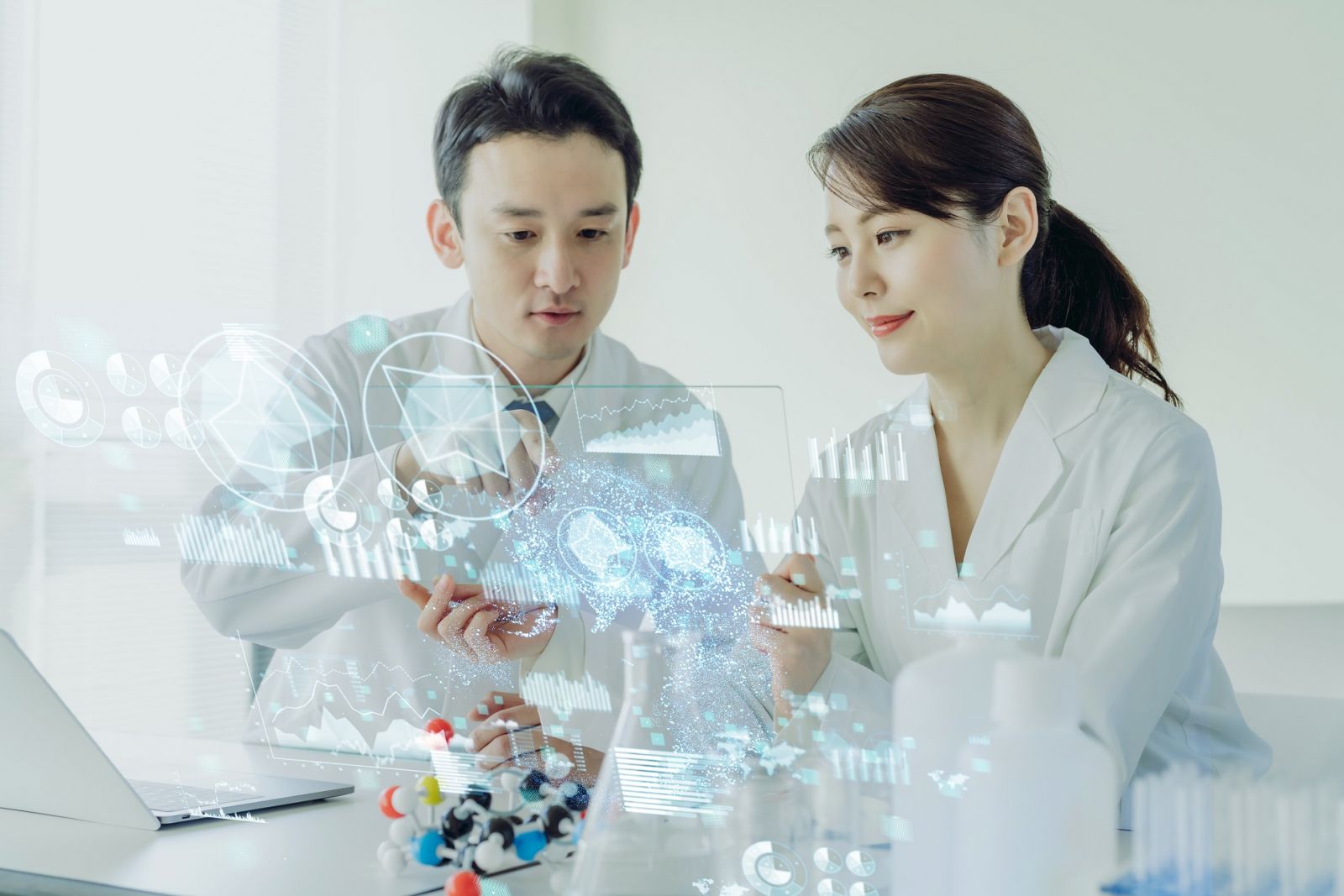Jul. 14. 2023Blog
Choosing Japan for your CGT&RM portfolio expansion: What are your options for manufacture?

The market for cell & gene therapies and regenerative medicines (CGT&RMs) is booming.
Pharmaceutical and biotechnology companies are therefore eager to expand their portfolios, racing to deliver the next blockbuster treatment to patients across the globe.
Amongst the many countries vying to get CGT&RMs to patients as quickly and safely as possible, Japan has emerged as a go-to region for portfolio expansion, boasting an attractive patient population, advanced technologies, and highly enabling regulatory pathways.
But developing and manufacturing CGT&RMs can be difficult, especially in a foreign and unfamiliar region. Companies with their sights set on Japan face a dizzying array of options for development and manufacture — and deciding on the best one is no easy task.
Here, we discuss the key manufacturing options open to CGT&RM developers looking to expand their portfolios into Japan, highlighting the need-to-know advantages and disadvantages of each.
Option 1: Going solo — building your own facilities in Japan
When it comes to commercializing a new CGT&RM product in Japan, pharma and biotech companies can opt to build their own development and manufacturing facilities in the region from scratch.
Typically, self-building facilities in Japan involves the following steps:
- Conduct an initial business & feasibility assessment to identify and evaluate suitable locations, and build a business case
- Create a legal entity in Japan
- Review and select appropriate construction vendors and build a facility
- Set up your facility, including recruiting and training staff, procuring equipment, and validation
- Secure authorization as a manufacturer
Self-building offers a whole host of advantages. For a start, by building your own facilities, you won’t need to manage highly complex technology transfer to an external company in a foreign country. Manufacturing CGT&RMs is already inherently complex and challenging. So, when transferring the process to a foreign company — which often requires different program governance, infrastructure, systems, and communication approaches — the risk of timeline delays, errors, and additional costs can skyrocket. Keep your processes in-house (or at a local CDMO), though, and you can sidestep these complexities altogether.
What’s more, building your own facilities can give you better control over manufacturing timelines, and could even deliver cost-efficiencies in the long-term. (However, there are significant cost-related downsides to be aware of here, which we explore a little later in the blog).
Then there is the fact that having manufacturing infrastructure in the same country as patients makes logistics much simpler.
Building your own infrastructure, however, is not without considerable downsides.
- Large upfront costs. It’s no secret that building CGT&RM manufacturing infrastructure form scratch is a momentous investment. The cost is so huge, in fact, that it often only makes sense if you have several therapies in the pipeline, and a long-term vision for activity in Japan.
- Complex and time-intensive. As well as being a momentous investment, building and then maintaining manufacturing facilities is also a momentous challenge. It is complicated, time-intensive, and demands meticulous global management. The door to this option is therefore often closed to smaller pharmaceutical and biotech organizations, as they simply don’t have the required human or financial resources.
- Regulatory and legal obligations. You’ll need to carefully manage a host of new, unfamiliar legal and regulatory expectations if you’re going to succeed at building your own Japanese manufacturing infrastructure — from the facility construction process itself, to managing periodical and unannounced regulatory audits.
- Language and cultural differences. Hiring highly sought-after Japan-based pharmaceutical employees with excellent knowledge of English is often the only way to bridge the cultural and linguistic gaps you’ll face when working in Japan.
Option 2: Local manufacture and shipping to Japan
While building your own manufacturing facilities offers many attractive benefits, its disadvantages can be paralyzing, even for those with sufficient tools and resources. Another option to consider is developing and manufacturing your therapy locally (either in-house or via a local CDMO), before shipping it to Japan.
For the right therapy, this could be an ideal option. Similar to option 1, choosing to manufacture CGT&RM products locally eliminates the need for highly complex technology transfer to a foreign company, gives more centralized control over manufacturing, and also means that you can retain the ability to flexibly adapt to sudden market changes.
But that’s not all. Keeping manufacturing local means you can sidestep the significant expense of building foreign manufacturing infrastructure, as well as avoid the associated language, cultural, and regulatory considerations.
That said, this approach has some notable drawbacks.
- Long-distance shipping of delicate products. If you manufacture your therapies in the US or Europe, you’ll face long-distance shipping to get your products to Japan. As such, only therapies that have sufficiently long shelf-life or that can be lyophilized are suitable for this option. Even if your product does have a long shelf-life, you’ll still need to ensure that strictly controlled environmental conditions are guaranteed from start to finish, if you want to avoid product quality loss.
- Particularly challenging for autologous therapies. Autologous therapy success relies on speedy manufacturing and transport as well as meticulously a controlled chain of custody and chain of identity. For countries far away from Japan (such as the US and those in Europe), the process can be prohibitively complex and expensive, meaning manufacture outside of Japan is typically only suitable for allogeneic products.
- Export and import considerations. An additional consideration when it comes to local manufacture and then shipping to Japan is that of adhering to export and import laws for biological materials. While Japan’s import laws are similar to those in the US and Europe, they still demand careful planning and consideration.
Option 3… a better way to tap into Japan’s CGT&RM potential?
Each of the above options are attractive roads to CGT&RM commercialization Japan. But their many disadvantages can quickly overshadow any benefits.
Thankfully, manufacturers aren’t limited to just these approaches. Another option is on the table — one that sidesteps the significant upfront investment and complexity of building your own foreign infrastructure, is suitable for allogeneic and autologous products, and offers logistical simplicity, too.
To discover more about this option, as well as a host of top tips to maximize your chances of success, download our free, insight-filled guide today: “Exploring options for successful CGT&RM development and manufacture in Japan”.

